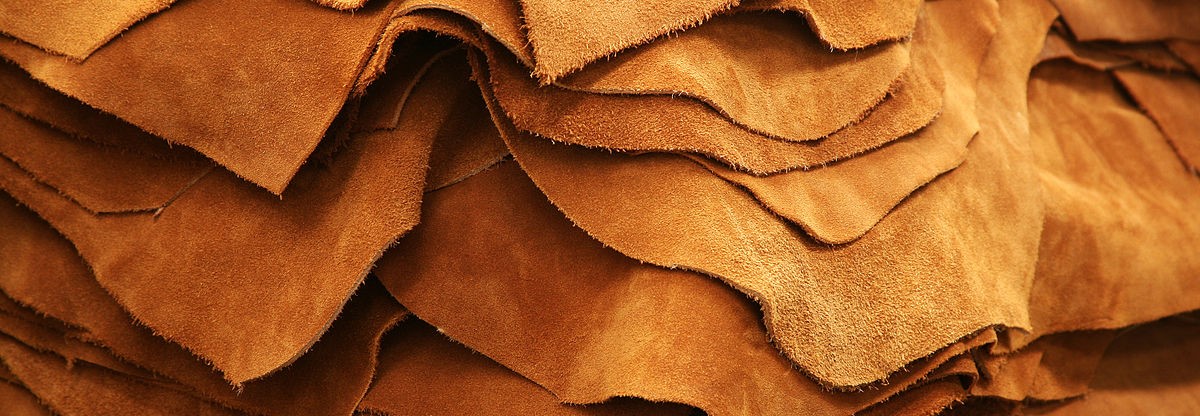
Tanning industry, one of the oldest industries in the world is also one of the most polluting and produces wide varieties of high strength toxic chemicals. Tanneries are identified by Ministry of Environment & Forests, Govt. of India as heavily polluting (Red category) and covered under Central Action Plan. Large quantity of water is used in tanning process of which 90% of the water is discharged as effluent.
There is a common misconception that vegetable tanning is environmentally harmless. In reality effluents from vegetable tanning have very high Chemical Oxygen Demand (COD), which is difficult to treat. This post focuses on combined chrome tanning, which is by far the most prevailing leather tanning method.
Typical Characteristics of Chrome Tannery Effluent

It is recognized as a serious environmental threat due to high chemical levels including salinity, organic load (chemical oxygen demand, biochemical oxygen demand), inorganic matter, dissolved, suspended solids, ammonia, total kjeldahl nitrogen (TKN), specific pollutants (sulfide, chromium, chloride, sodium and other salt residues), heavy metals etc. During the chrome tanning process, 40% unused chromium salts are usually discharged in the final effluents, causing a serious threat to the environment. Exposure to chromium, pentachlorophenol and other toxic pollutants increase the risk of dermatitis, ulcer nasal septum perforation and lung cancer.
Chrome Tannery Effluent Treatment Plant – Recommended Process
Team Effwa has installed several effluent treatment plants for tanneries in India and Nigeria. In Effwa’s experience, Tannery Effluent Treatment using a combination of Anaerobic and Fixed Film Aerobic degradation (MBBR) with tertiary treatment yields excellent results. Chrome bearing tanning effluent is segregated and treated for recovery of chrome. Zero Discharge facilities comprising of UF and RO with Mechanical Vapor Recompression (MVR) type thermal evaporator followed by crystallizer can be offered with significant saving in Operating Cost.
Need an Effluent Treatment Plant for your Tannery?
Team Effwa relentlessly works towards solution formulation for various complex environmental issues of the 21st century. Effwa is an engineering powerhouse dedicated to making earth a little beautiful every day by providing the highest quality of environmental services to industries and municipal authorities worldwide.


